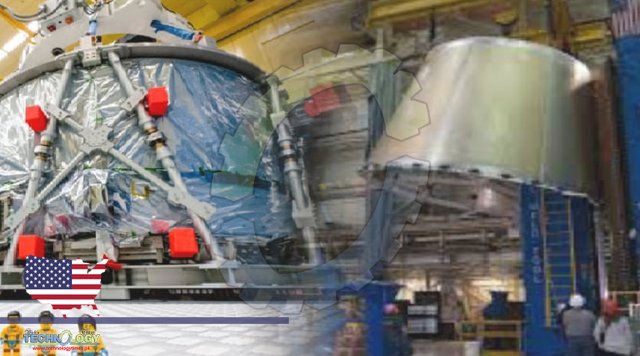While no human will travel aboard the Artemis I mission once it blasts off to the Moon, it won’t be going empty. Along for the ride in the Orion capsule will be mannequins, zero gravity indicators, artifacts, mementos, NASA is planning to launch its new Space Launch System, with the Orion capsule designed to host astronauts perched atop the rocket, on August 29.

Most Powerful Rocket, It would be a major first step in the space agency’s efforts to get humans back to the surface of the Moon for the first time since 1972. The SLS mega rocket plans to fly the crew capsule all the way around the Moon – farther than any spacecraft built for humans has ever flown – before heading back for a splashdown in the Pacific Ocean. Here are some of the cool and colorful cargo slated to make the journey to the Moon and back. Strapped in the commander’s seat at the head of the Orion capsule is a human-sized test dummy called Commander Moonikin Campos. The name is a nod to Arturo Campos, an electrical engineer who played a key role in Apollo 13’s safe return to Earth. Clad in the new Orion Crew Survival System spacesuit, Commander Moonikin will provide NASA scientists with vital data on what humans experience during a trip to the Moon. Two sensors placed behind the commander’s seat and under the headrest will record the acceleration and vibration generated throughout the mission, and the mannequin itself is equipped with two sensors to measure radiation exposure.
Most Powerful Rocket, “It’s critical for us to get data from the Artemis I manikin to ensure all of the newly designed systems, coupled with an energy dampening system that the seats are mounted on, integrate together and provide the protection crew members will need in preparation for our first crewed mission on Artemis II,” Jason Hutt, NASA lead for Orion Crew Systems Integration, said in a statement last year. Two other mannequins named Helga and Zohar will ride in Orion’s passenger seats. They have torsos made of materials that mimic a woman’s soft tissue, organs and bones, along with 5,600 sensors and 34 radiation detectors to measure how much radiation exposure occurs during the mission. The only difference between the two mannequins is that Zohar will be wearing a radiation protection vest, while Helga will not. “When it comes to biological effects, different organs have different susceptibility to space radiation. Understanding the impact is very important for successful and sustainable human space exploration efforts,” Ramona Gaza, science team lead at NASA’s Johnson Space Center in Houston, said at a news briefing on August 17. She added that the team is studying how women experience the space environment “as women, in general, have a higher risk of developing cancer since they have more radiation-sensitive organs such as breast tissue and ovaries”. The space agencies hope studying what these mannequins experience will prepare astronauts planning to fly around the Moon on the Artemis 2 mission in 2024, and the Artemis 3 astronauts who eventually land on the Moon. Insights from Zohar and Helga will be particularly useful, as the Artemis program aims to send the first woman to the Moon.
Source: This news is originally published by sciencealert